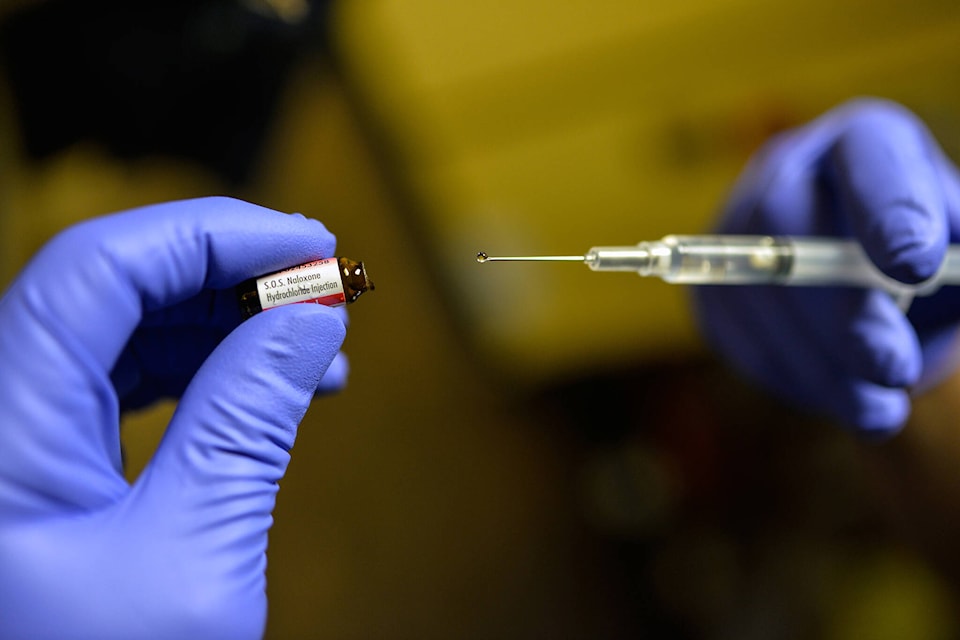Fraser Health is warning of an “increased risk of overdose’ from opioids in Surrey.
In an overdose alert on Thursday (June 30), the health authority warned that “high levels of benzodiazepines have been found in different samples sold as down/opioids in Surrey.
“Friends, family and community members using opioids may face increased risk of overdose from both injection and inhalation.”
Fraser Health provided “key messages” for both people who use substances and organizations.
For people who use substances, they health authority said:
• Use less than you normally would
• Do a tester; try a little before your regular amount
• Try not to use alone, and if you do, have someone check on you or use an app like Lifeguard or BeSafe. There is also the National Overdose Response Service for remote monitoring by phone 1-888-688-6677
• Stagger use with friends so someone can respond if needed
• Know the signs of overdose (early signs may include unusual snoring, or taking less than 1 breath every 5 seconds)
•Call 911 quickly when you notice something isn’t right (the Good Samaritan Drug Overdose Act provides immunity from simple possession charges for those who call 911 in the case of an overdose)
•Provide breaths (every five seconds until the person regains consciousness or help arrives)
• Get naloxone from these locations: towardtheheart.com/site-finder
And for organizations:
• Discuss overdose prevention strategies with clients, as appropriate
• Review the organization’s overdose response plan and check first aid supplies including CPR masks
• Frequently check areas where overdoses might occur, including washrooms, stairwells and quiet spaces
• Ensure staff know how to respond to an overdose, including calling 9-1-1, providing breaths and administering naloxone
• Ensure the organization’s address is displayed publicly (so it can be provided to the 9-1-1 operator)
• Consider posting a sign informing clients that naloxone is available, and inviting them to contact staff in the event of an overdose
